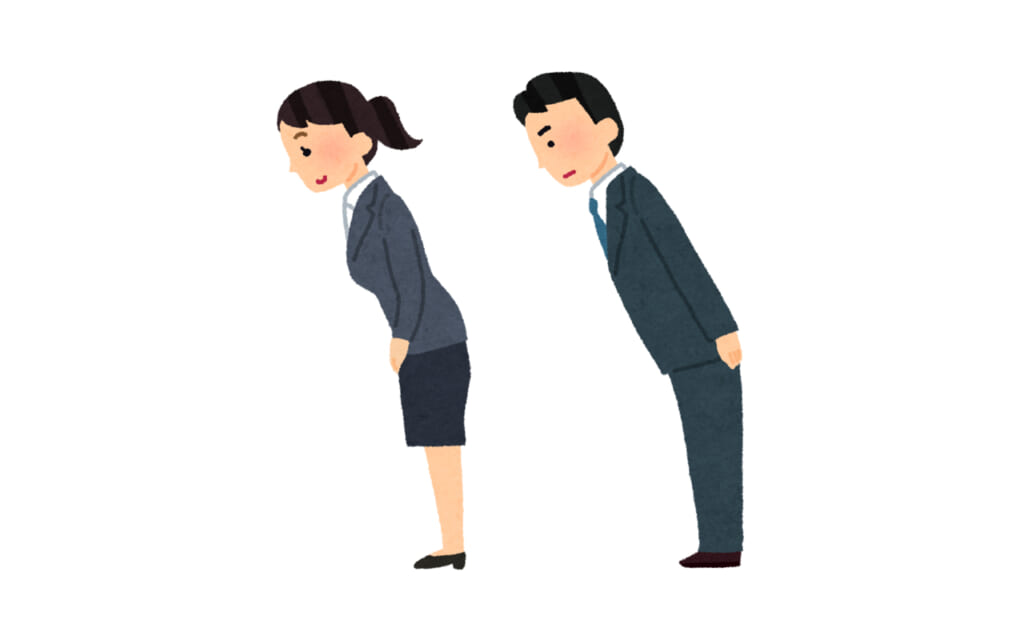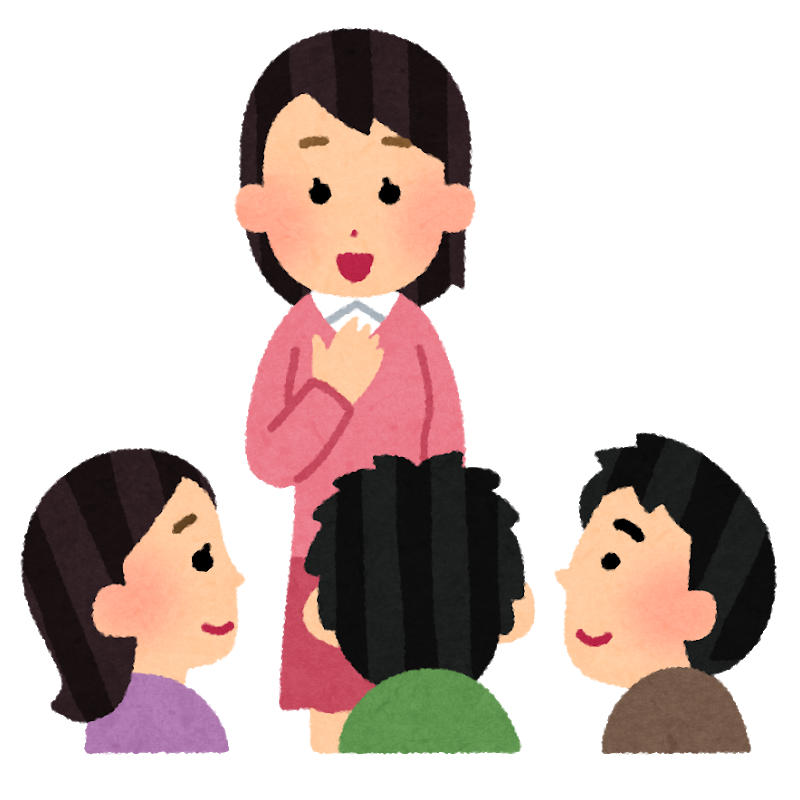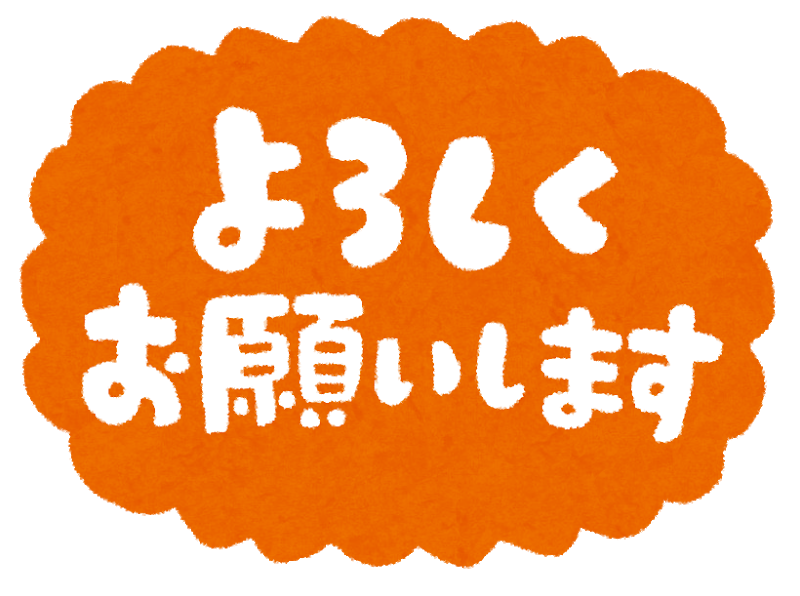How to Greet Someone in Japanese for the First Time
Did you know that there are many expressions to introduce yourself in Japanese? Greetings using proper etiquette often start the first lessons we encounter when taking language classes so that we can introduce ourselves. In English, the following pattern shows the most basic: "Hello, my name is X. Nice meeting you." And we say that while we go in for a handshake.
There are other ways to introduce yourself in Japanese and it is necessary to use the corresponding honorific depending on the person with whom we speak. The latter is essential, especially in business meetings.

How Do We Use Greetings in Japan?
In Japan, we tend to introduce ourselves with our family surname followed by our first name, then include our job or company we work at.
It is better to bow than shake hands during all the information exchange, though handshaking as an international greeting gesture is common, especially in work situations. Greeting etiquette allows us to express gratitude by using varied honorific forms and are especially important during a Japanese business meeting.

How to Introduce Yourself in Japanese
As we already know, in Japanese the same idea can be expressed using different levels of courtesy, depending on the person with whom we are speaking.
When introducing ourselves in Japanese to someone older or a superior at work we can say Hajimemashite. [Your name] to moushimasu. Douzo yoroshiku onegai itashimasu. (はじめまして。 [Your name] ともうします。どうぞよろしくお願いします。) If we speak with someone younger, we can say Hajimemashite. [Your name] desu. Yoroshiku.(はじめまして。"Your name" です。よろしく。)
Although they seem similar expressions, they actually have very different nuances. What is its meaning?
How to Say "Nice to Meet you " in Japanese
Hajimemashite can be written with two kanji variations: 始めまして or 初めまして, though it's often written with just hiragana: はじめまして. While their pronunciations are identical, the meanings of the two kanji that begin the two variations mean "to begin" and "first time" respectively. Though some have argued that 始めまして is the original, both writings are acceptable and widely used today.
Hence, one can loosely interpret hajimemashite as "Nice meeting you for the first time."

How to Say Your Name When Introducing Yourself in Japanese
We can introduce ourselves to a person with Watashi wa [name] desu. (わたしは [name] です。) or Watashi wa [name] to moushimasu. ( わたしは [name] と申します。)
They both mean "my name is (your name)." The only difference between "desu" and "to moushimasu" is the level of humbleness. The first sentence could be translated as "I am (name)", while the second would be something like "I may be called by (name)".
Another less common way to introduce yourself is to say "[name] to iimasu" ( [name] と言います。), which means "I'm called (name)". Nothing grammatically incorrect about it, but (name) desu and (name) to moushimasu are used more frequently.

What does "yoroshiku onegai shimasu" mean?
Yoroshiku onegai shimasu ( よろしくお願いします), if translated literally, means "Please take care of me," and is used regularly in daily life. Say, when requesting a certain service, this phrase would express thankfulness to someone's efforts to help or assist you, before you "officially" use arigatou gozaimasu.

For a more humble version, "Douzo yoroshiku onegai itashimasu" (どうぞよろしくお願いいたします。) is an advanced, polite form, distinguished by "douzo" and "itashimasu". So if I may exaggerate a bit, it could be translated as "Please take very good care of me, I beg you!"
How to Exchange Business Cards in Japan
When you meet someone for the first time in a business meeting in Japan, it is important to exchange business cards named meishi (名刺) in Japanese. However, there are specific rules and etiquette when it comes to exchanging them. Ensure that you do it with cautiousness or risk being seen as unprofessional or even disrespectful to a business partner!

In most situations, business cards should be handed out while you are standing. Given how important the other party is, bow (or lower your head) accordingly, and bow deeper for more important persons. Then, hand out your card with both hands, with words facing the other party.
When accepting a card, do so with both hands, and take a second or two to read its details, before carefully putting it away – but never into your back pocket! Confirm the other party's name and position to show your interest in them. And the rest that follows is pretty universal.
Now, after learning all these greetings, go introduce yourself and make some Japanese friends. Or if applicable, make some good business with them. If you want to learn more, visit the next article on how to say yes and no in Japanese. Good luck!
Original article published on April 4, 2016. Edited by Maria Penascal and Mika Senda.
How to Greet Someone in Japanese for the First Time
Source: https://voyapon.com/how-to-introduce-yourself-japanese/